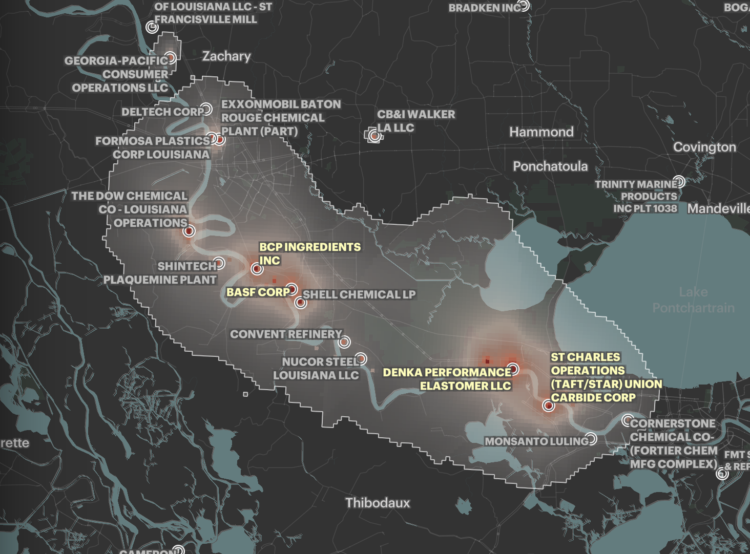Hannah Fry works with statistics and risk, but her perspective changed when she was diagnosed with cancer. Fry documented the experience and it’s available on BBC:
Hannah Fry, a professor of maths, is used to investigating the world around her through numbers. When she’s diagnosed with cervical cancer at the age of 36, she starts to interrogate the way we diagnose and treat cancer by digging into the statistics to ask whether we are making the right choices in how we treat this disease. Are we sometimes too quick to screen and treat cancer? Do doctors always speak to us honestly about the subject? It may seem like a dangerous question to ask, but are we at risk of overmedicalising cancer?
At the same time, Hannah records her own cancer journey in raw and emotional personal footage, where the realities of life after a cancer diagnosis are laid bare.
You can only watch the film in the UK for now, but she spoke about the topic on the Numberphile podcast. Worth a listen.
Tags: cancer, Hannah Fry, Numberphile, risk
